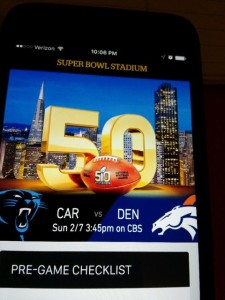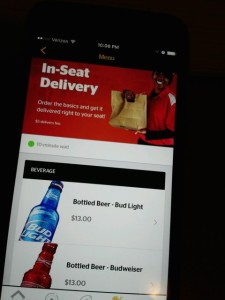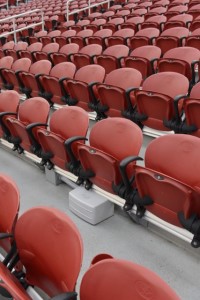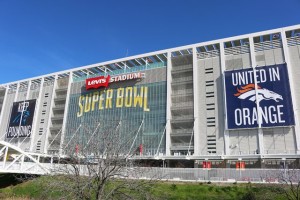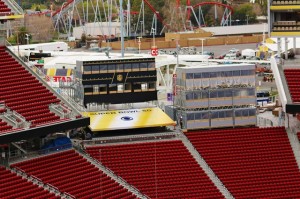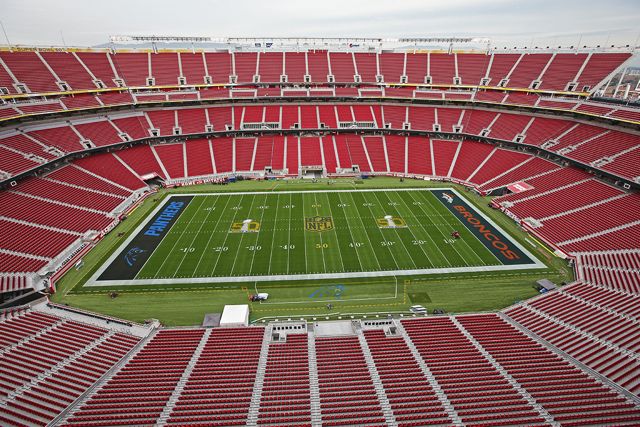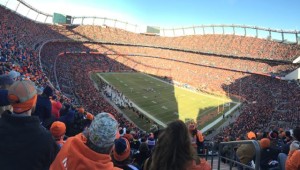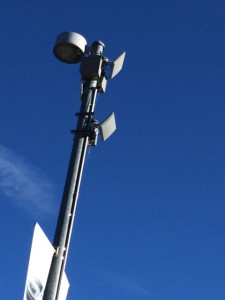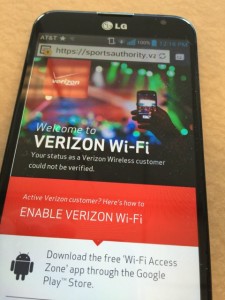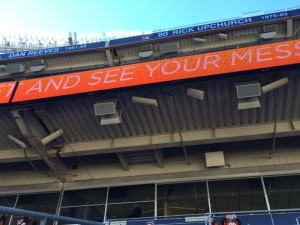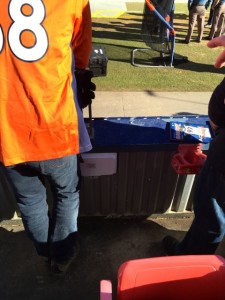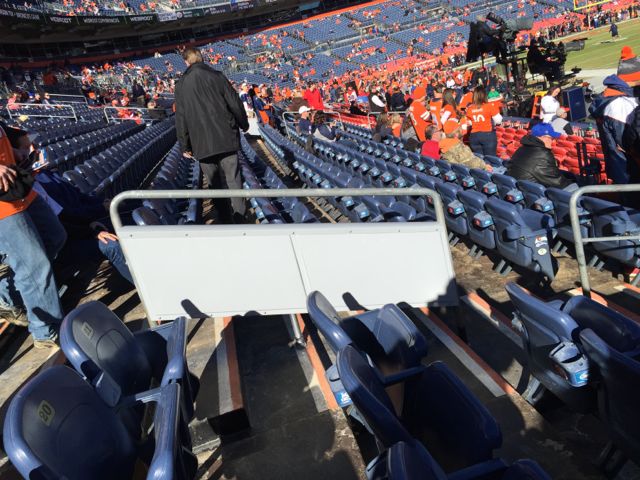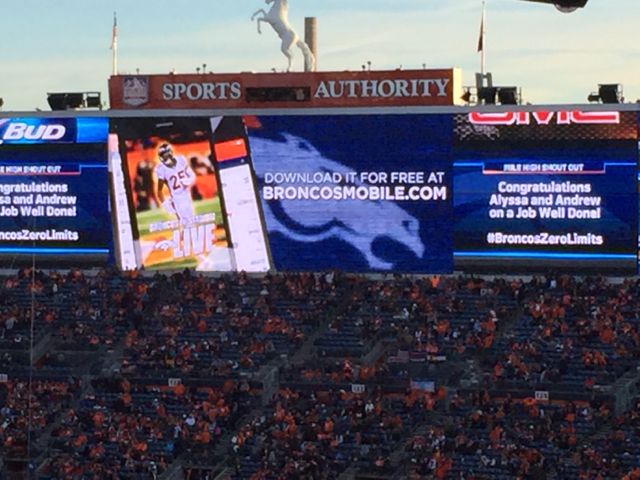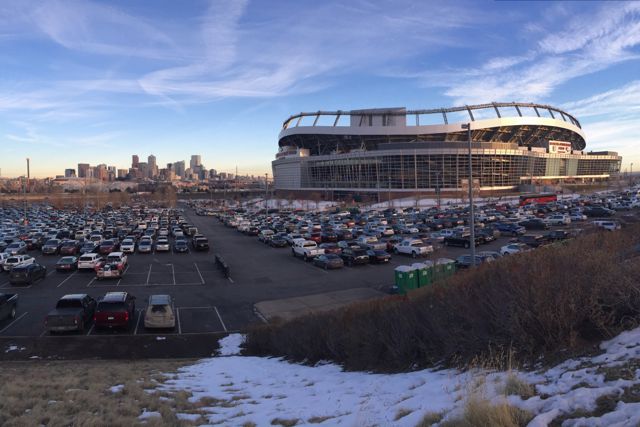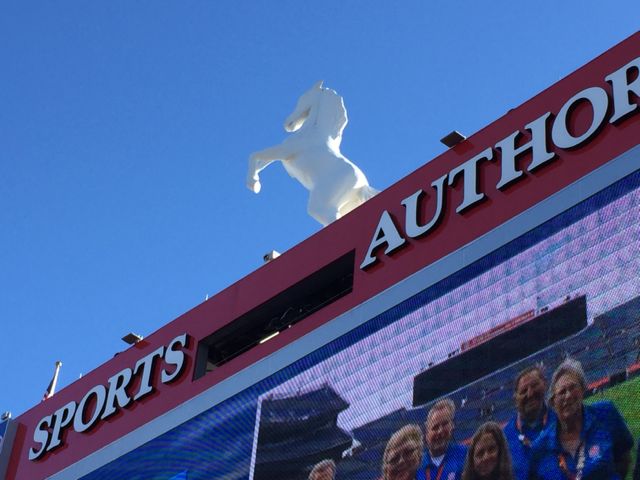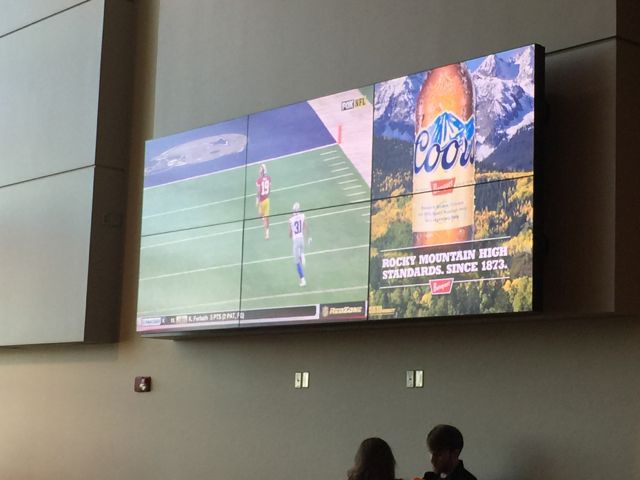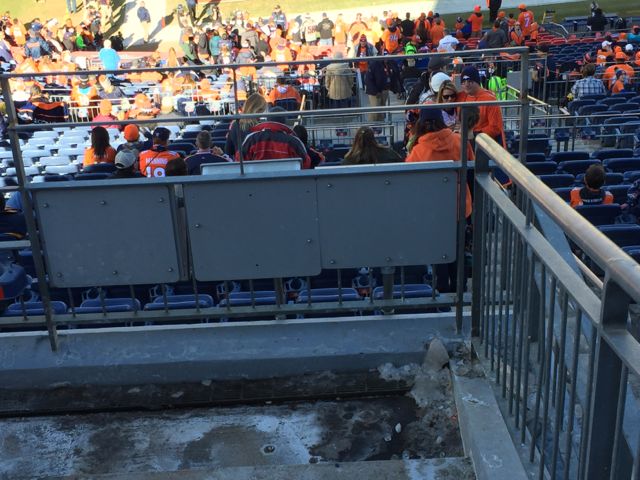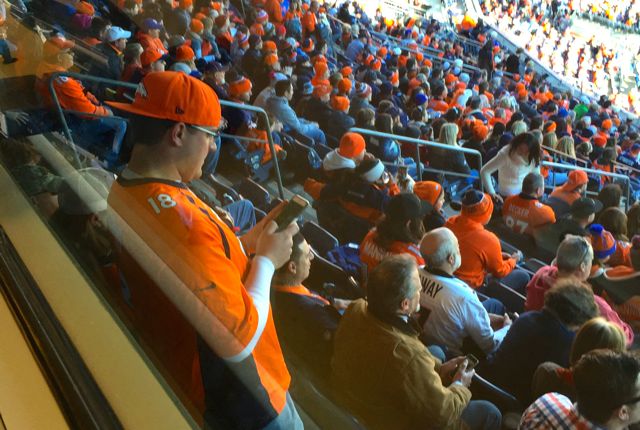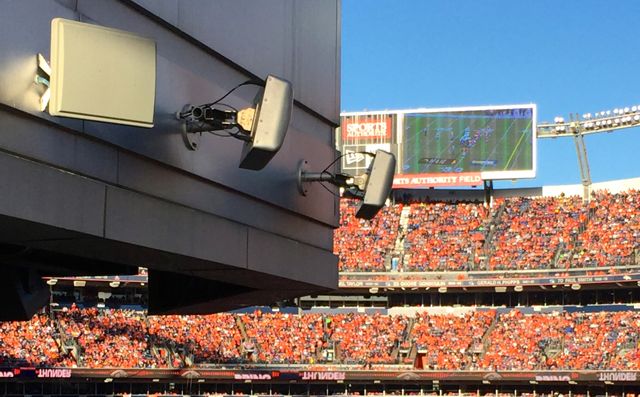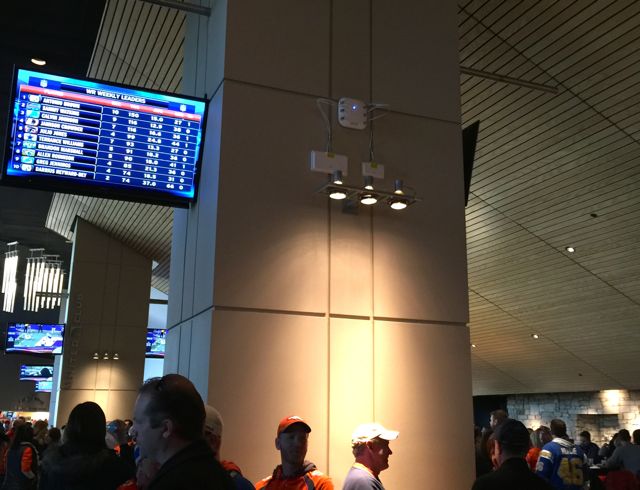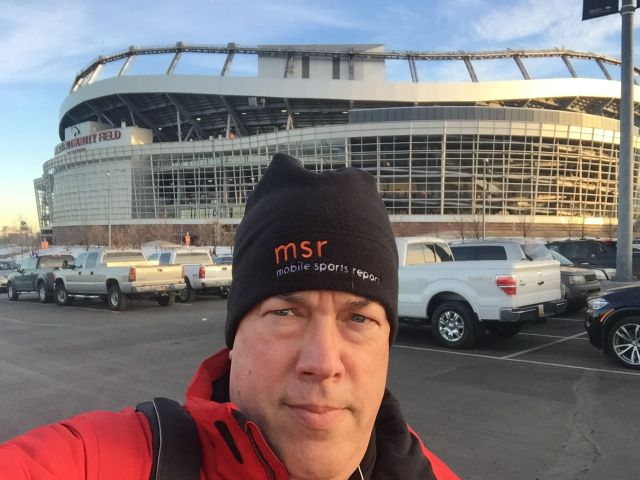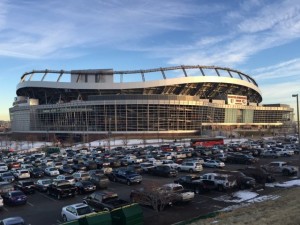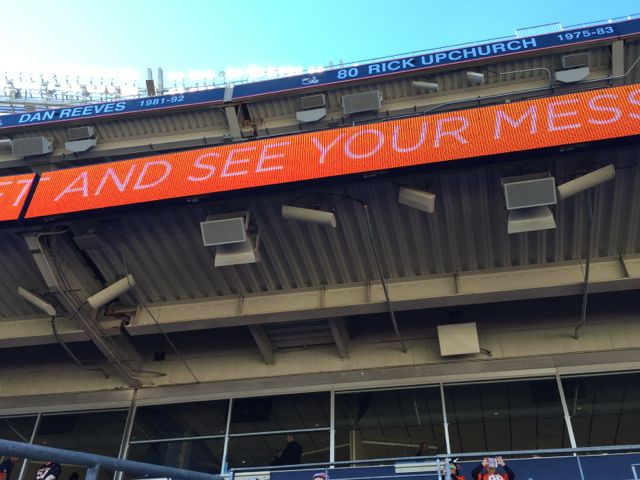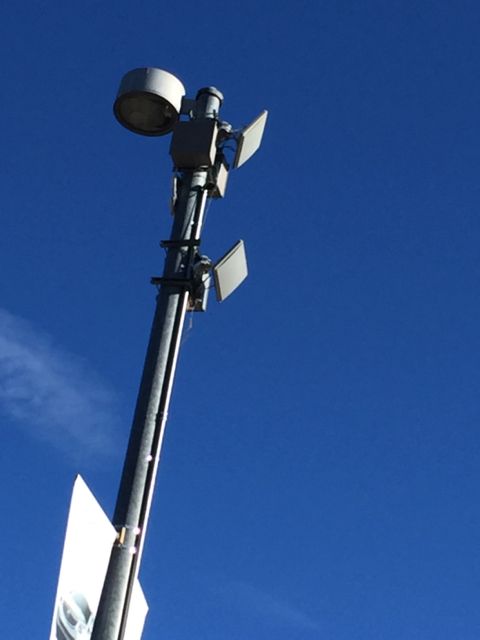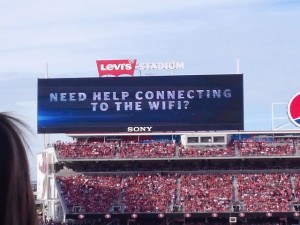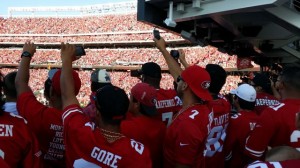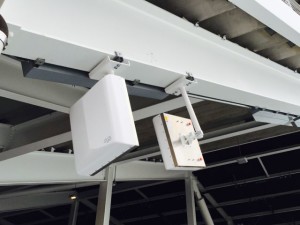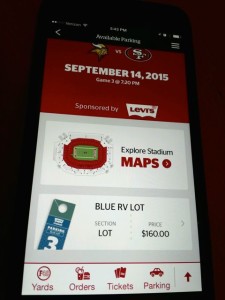According to the San Francisco 49ers networking staff, 46 percent of the 71,088 fans at the game downloaded the Super Bowl 50 stadium app, an NFL-specific app built by VenueNext, designers of the regular Levi’s Stadium app. That total is 16 percentage points higher than any recorded at a San Francisco 49ers regular-season game, according to the Niners.
One of the more unique features of the Super Bowl app was the ability for fans to use the app to order food and drinks, either for express window pickup, or for drinks only, the option for in-seat delivery. According to the Niners there were 3,284 food and beverage orders, 67 percent higher than the previous top order number ever recorded at a Levi’s Stadium game.
The Niners did not provide separate statistics for how many orders were for express pickup and how many were for in-seat delivery out of the larger total. Unlike the regular-season Levi’s Stadium app, which supports food and beverage delivery service to every seat, the Super Bowl app only offered drink delivery, per the wishes of the NFL.
According to VenueNext and the team, the average in-seat delivery time for drinks was 10 minutes. The top drink item ordered was Bud Light beer, while the top food item ordered via the app was chicken tenders, VenueNext said.The Super Bowl 50 crowd also set Levi’s Stadium app records for video viewing, a stat helped perhaps by the availability of Super Bowl broadcast commercials, which fans at the game could watch via the app after they aired on TV. A full 55 percent of all app users either watched a video replay or Super Bowl commercials, the Niners said, 36 percent higher than the previous Levi’s Stadium record for video app views.
The app’s unique wayfinding feature, which uses the 2,000 beacons inside Levi’s Stadium to provide interactive maps, was used by 33 percent of the app users, according to the Niners. Fans could also use the app to purchase Super Bowl merchandise (which could be picked up at a concession stand or delivered to a suite), and according to the Niners all the mobile inventory was sold out before the game actually started, with an average order price of $212. Previously, the high-water average mark for app-ordered merchandise was $77 at a concert.
